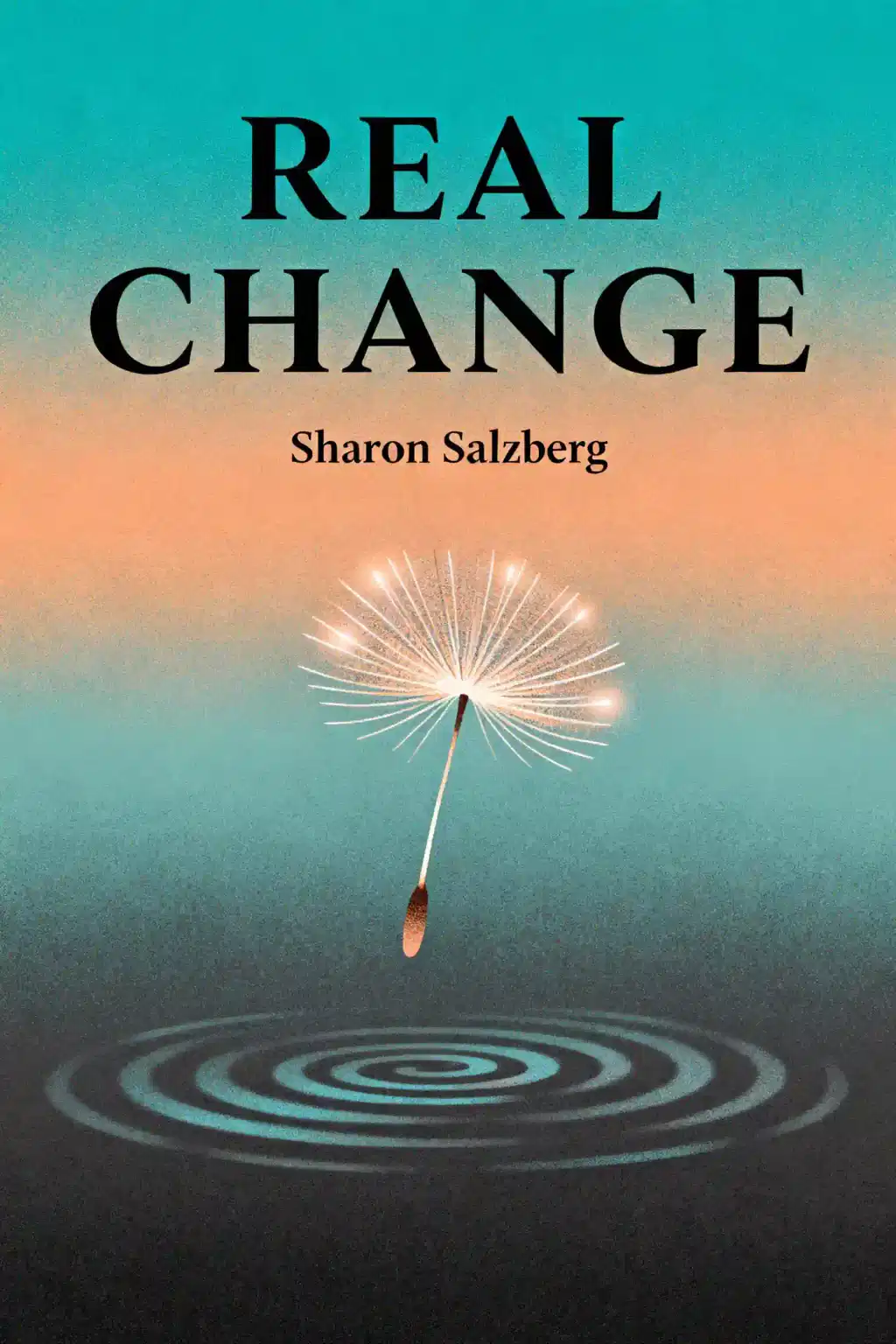What is
Real Love: The Art of Mindful Connection about?
Real Love: The Art of Mindful Connection explores cultivating authentic love through mindfulness and meditation. Sharon Salzberg redefines love as an ongoing practice, not a static emotion, guiding readers through self-compassion, nurturing relationships, and connecting with all beings. The book blends Buddhist wisdom with practical exercises to dismantle limiting beliefs and foster present-moment engagement.
Who should read
Real Love: The Art of Mindful Connection?
This book is ideal for individuals seeking deeper emotional connections, mindfulness practitioners, or anyone struggling with self-criticism or isolation. It’s particularly valuable for those interested in integrating Buddhist principles into daily life to improve relationships and self-awareness.
Is
Real Love by Sharon Salzberg worth reading?
Yes, Real Love offers actionable tools like meditation techniques and reflective exercises to transform how readers experience love. Its focus on self-acceptance, mindful communication, and universal compassion makes it a valuable resource for personal growth and healthier relationships.
What are the main concepts in
Real Love: The Art of Mindful Connection?
Key concepts include:
- Love as a verb: Emphasizing action over fleeting emotion.
- Three arenas of love: Self, others, and all life.
- Mindful connection: Engaging authentically with the present.
- Metta (loving-kindness): A meditation practice to cultivate universal compassion.
How does Sharon Salzberg redefine love in
Real Love?
Salzberg challenges romanticized notions, framing love as a dynamic process rooted in mindfulness. She argues real love requires seeing oneself and others clearly, embracing impermanence, and collaborating to “make life better for each other” rather than seeking control.
What mindfulness exercises are included in
Real Love?
The book provides tools like:
- Self-compassion meditations to release negative self-narratives.
- Loving-kindness practices (metta) to extend goodwill.
- Journaling prompts to identify barriers to connection.
- Breathing techniques to anchor in the present moment.
How is
Real Love structured?
Divided into three core sections, the book progresses from self-love to universal compassion:
- Cultivating self-acceptance and letting go of harmful habits.
- Nurturing relationships through empathetic presence.
- Expanding love to embrace all beings and life itself.
What does Sharon Salzberg mean by "real love"?
“Real love” is defined as authentic connection free from projection or control. It involves seeing others as they are, embracing imperfection, and committing to mutual growth. Salzberg ties this to Buddhist teachings on interdependence and impermanence.
How can
Real Love help improve relationships?
The book teaches readers to replace judgment with curiosity, communicate mindfully, and respond to conflicts with compassion. Exercises like “loving as a collaborative effort” encourage partners to adapt to each other’s evolving needs.
What quotes from
Real Love are most impactful?
Notable insights include:
- “Real love recognizes the unpredictable ebb and flow of emotional needs.”
- “Change our relationship to what is… with a wise heart.”
- “Love isn’t something we have—it’s something we do.”
How does
Real Love address self-compassion?
Salzberg stresses that self-love is the foundation for all other forms of connection. Practices like forgiving inner critiques and reframing failures as growth opportunities help readers build resilience and emotional clarity.
Does
Real Love integrate Buddhist teachings?
Yes, Salzberg draws heavily on Buddhist concepts like metta (loving-kindness), anicca (impermanence), and interconnectedness. These principles underpin the book’s approach to transforming love from a transient feeling into a sustained practice.














